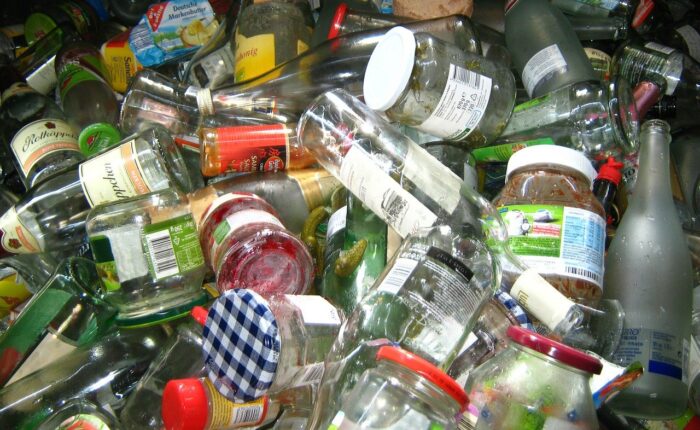The Waste Management Problem in the Greater Toronto Area

Many of us throw items into the garbage without truly realizing the consequences of our actions. According to a 2019 study of developed countries, Canada is among the worst (in the bottom quartile) when it comes to waste management. The study accounted for factors such as waste generation, recycling, and landfill usage. Residents usually don’t want new landfill waste sites nearby and limited space exists in existing landfill sites for new waste. Places like China are also no longer accepting many waste items. It’s time we improved our waste management practices and changed our perspective to one where we view waste as a resource.
So how are we doing in the Greater Toronto Area? Waste diversion rates measure how much waste is used for productive purposes and not sent to landfill. Residential waste diversion rates range from 50 to 70% (52% for Toronto in 2019) across the GTA and have increased over the years due to the collection of recyclables and organics. GTA regions have set goals to increase diversion rates and achieve what is known as a Circular Economy. With this approach, non-biological waste resources such as goods made from plastics or metals are kept at their maximum potential. This means repair, redistribute for reuse, refurbish, or recycling of waste (in that order to minimize the energy needed to keep products in use) with nothing sent to landfill. We need to push more strongly in this direction.
To help with this the province is committed to moving Ontario’s recycling diversion programs to full producer responsibility. The proposed regulations mean that producers of products and packaging (such as Nestle Canada and Coca-Cola Canada) must cover the full costs and collection operations of the blue bin program instead of sharing costs with taxpayers and must meet certain diversion requirements. Unfortunately, the proposed producer diversion requirements for rigid and flexible plastics are low – just 40% of flexible plastics and 60% of rigid plastics need to be diverted while the rest can be sent to landfill. For some perspective Canadians currently throw away 3 million tonnes of plastic a year.
On a positive note with the New Plastics Economy Global Commitment major corporations are setting targets that divert 100% of plastic products and packaging waste from landfill. This includes corporations such as L’Oréal and Unilever that have committed to making 100% of their plastic packaging reusable, recyclable or compostable by 2025 while Walmart is committed to doing this for its own private brands. Some corporations – such as Apple – are working to eliminate the use of plastics in packaging for all their products. The province should adopt a similar target to reach 100% diversion of plastics.
So what more can we do to get to a Circular Economy? Let’s consider building something similar to New York’s online donateNYC portal which makes it easy to give and receive used goods. The project includes a partnership network of local non-profit organizations which together divert about 100 million pounds of material annually to productive uses instead of landfill.
Another strategy is the pursuit of right to repair legislation. This means that manufacturers must make it easier to repair products such as cellphones and cameras by providing diagrams and also selling spare parts and repair tools. This will help allow smaller repair shops to perform a repair instead of just expensive manufacturer-approved dealers.
Let’s also push for a sharing economy. This means that items which are not used often are shared between multiple individuals to maximize their usage. Examples of items that are typically owned by individuals but can be shared if not used often include toys, clothes, books, unused space in homes, cars and bicycles. Examples of companies helping make the sharing economy happen include Uber and Airbnb but we need more sharing. Maximizing usage through sharing reduces the need to produce new products thus reducing waste.
The ideas above are Circular Economy strategies which if encouraged with regulations and incentives will minimize waste sent to landfill and help get us to zero waste.
